Severe Summer Storms: What Is a Microburst?
While its name sounds like a short lived storm, the destruction of a microburst is quite the opposite. Learn more about these severe weather storms.
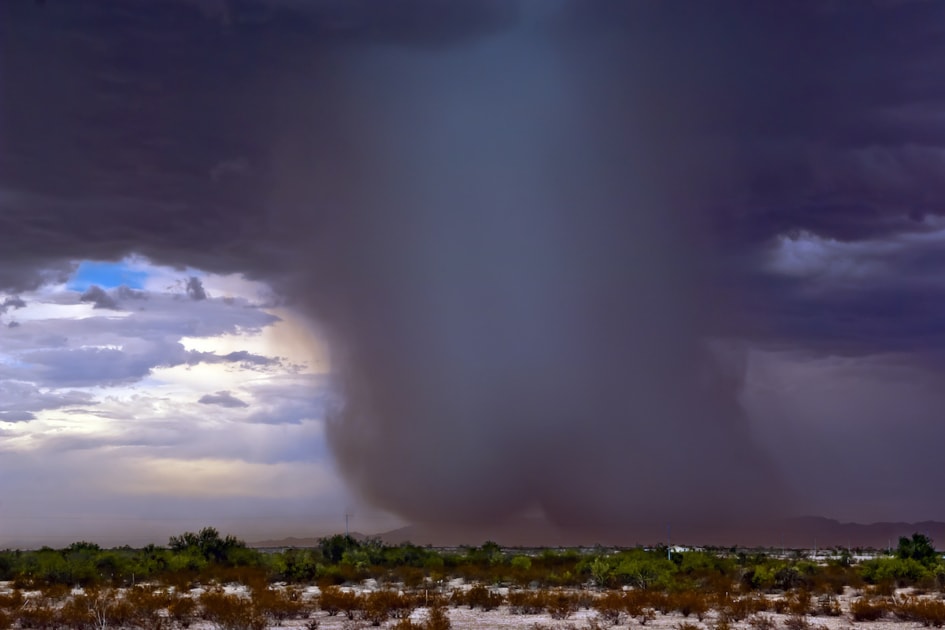
When it comes to storms, summer has some of the worst. Consider the “microburst.” The name sounds like something you might call a short-lived rainstorm, as in “I thought it was going to pour all day, but luckily it was just a microburst.” But if you’ve ever had the misfortune to live through a microburst, you know there’s nothing lucky about it.
What Is A Microburst?
The term microburst was coined by Ted Fujita, the Japanese-American meteorologist who was instrumental in creating the tornado intensity scale that bears his name.
This type of storm takes its name from the fact that they are very localized and short-lived, affecting an area of 2.5 miles or less and lasting anywhere from a just few seconds to 10-15 minutes, at the most.
What microbursts lack in size and longevity, though, they more than make up for in intensity. A single microburst can create wind speeds up to 100 miles per hour and cause damage as severe as an F1 tornado, downing trees, and damaging structures.
What Causes a Microburst?
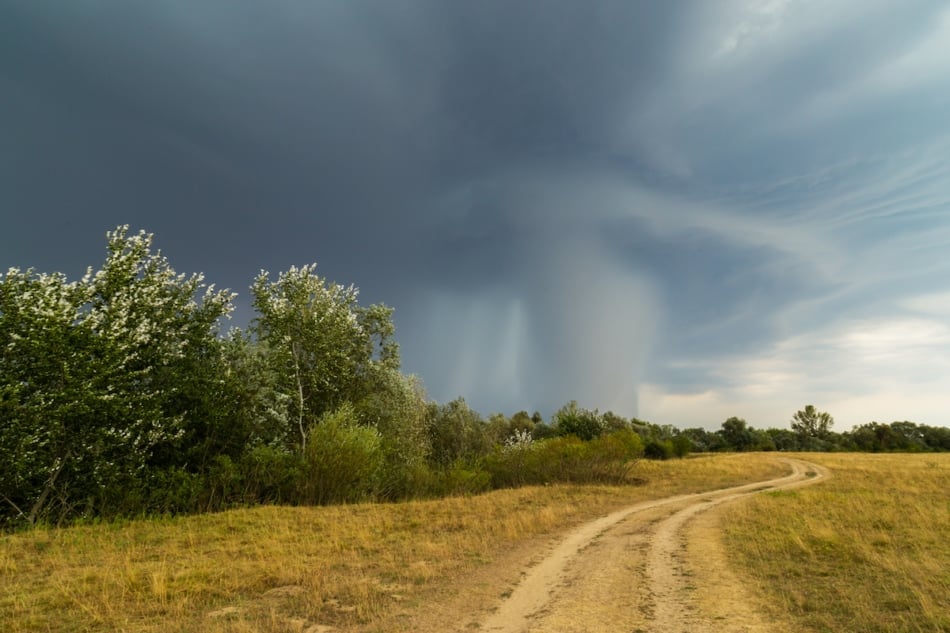
Unlike tornadoes, though, microbursts are not cyclonic and they stay in one place. Microbursts are caused by downdrafts within a thunderstorm. During a storm, air and water droplets become suspended in an updraft high up in the clouds. The stronger the updraft is, the higher the moisture and air are push, and the colder they become. As the air and water cool, they become heavier, until eventually, the storm system is unable to support that heavy core. When that happens, all of that water and air begin to sink, plummeting toward the Earth at a rapid speed.
As the downdraft makes landfall, it spreads outward, leaving behind a path of destruction that radiates out from its initial contact point. From the ground, microburst damage can be difficult to distinguish from tornado damage. From the air, though, the two kinds of storms each leave behind their own calling card.
For instance, tornadoes leave trees scattered around in haphazard directions, whereas a microburst pushes trees outward in straight lines, diverging from a single point.
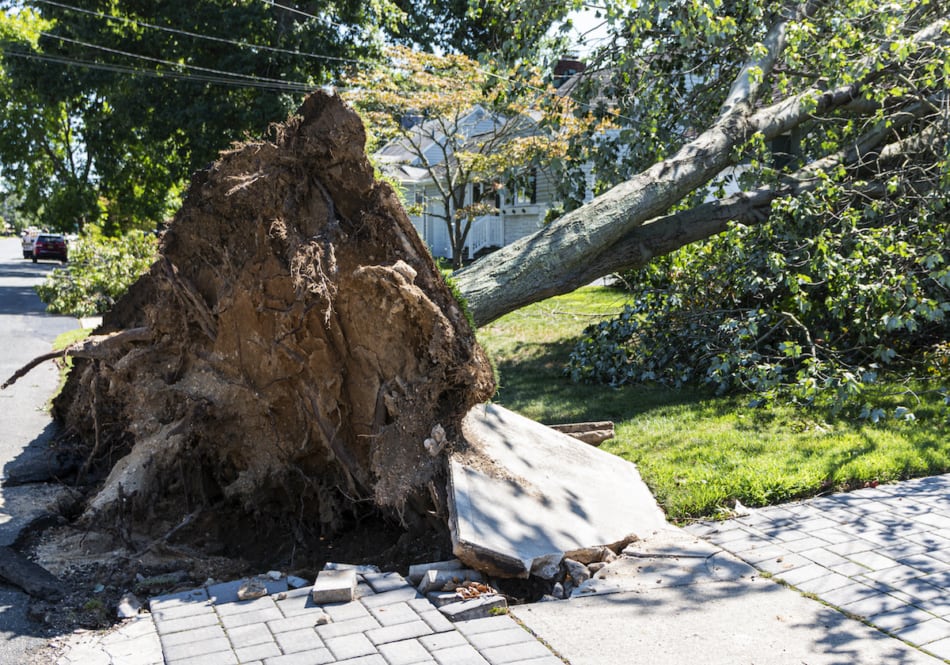
Microbursts come on very suddenly and can be hard to predict, making them especially dangerous for aircraft. Several fatal plane crashes having been blamed on microbursts.
3 Stages of Downbursts
Downbursts occur in three stages:
- Contact stage
- Outburst stage
- Cushion stage
As the name suggests, the contact stage is when the sinking air makes its initial contact with the ground. The highest winds and most damages occur during this stage.
During the outburst stage, air from the downburst moves outward from the point of impact, curling along the leading edge. Finally, during the cushion stage, the winds at the contact point begin to weaken, while the wind moving outward continues to accelerate.
Eventually, though, friction slows the winds down, and the microburst dies out as quickly as it comes on.
Unfortunately for those on the ground, cleaning up after a microburst takes much longer than the storm itself.

Jaime McLeod
Jaime McLeod is a longtime journalist who has written for a wide variety of newspapers, magazines, and websites, including MTV.com. She enjoys the outdoors, growing and eating organic food, and is interested in all aspects of natural wellness.




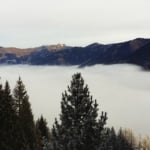


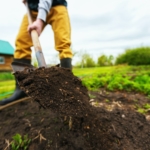

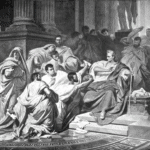

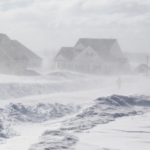
Years ago I was staying with a friend after suffering a house fire, everyone else was gone and it was storming. I was on my phone with one of my adult children when I heard this sudden roaring sound. The wind was bending trees as I looked out the door. Boom! I yelled “OMG, the neighbor’s roof just blew off!” I quickly ended my call and took off. Several other neighbors ran too. The house was occupied by a 80+ woman who lived alone. She was fine, never heard a sound (hard of hearing), she thought a large truck went by. A few male neighbors tacked tarps over what was left of her roof until she could get a roofer there. I’ve never experienced something like that since but was hit by the June 29, 2012 derecho. My property had a tornado (ef 0 or 1) that twisted trees around, laid 5 trees on a neighbor’s house and did damage other places.
Oops forgot… It was determined that a micro burst caused the damage to her roof.
I’m living here in AZ now. About 7 years ago we experienced a micro burst storm. It was Amazing! It lasted for about 15-20 mins, but this one traveled a short distance. Starting with light wind and rain spatters, within a minuter or two it was very heavy rain mixed with hail that was blowing horizontal to the ground, that lasted for another couple of minutes, then we experienced the ‘eye’, no wind no rain just the water dripping which lasted for an other min or two, then the wind started again but this time from exactly the OPPOSITE direction with the rain and hail, again horizontal! Then it died off. All totaled it lasted about 15-20 minutes as I said earlier. Holes were driven into the watermelons, squash, melons, etc., where the hail struck them and the rest of the crops were flattened.! As close as 1/4 mile away they only saw the cloud, but got no rain or hail, or even the winds, just a breeze, nothing but sunshine.
June 23,2015 Southern New Jersey hit by microburst much devastation
Microbursts, especially a report of a macroburst are extremely rare throughout much in the Tri-state areas: the boroughs of New York City, Long Island, Lower Hudson Valley in southeastern New York and Gold Coast and Greater New Haven in southwestern Connecticut, including Gateways region in northeastern New Jersey.
Suddenly interesting and powerfully dangerous, based on the NWS (National Weather Service) in Upton, NY, contains recent significant severe weather events involves with the official reports of microbursts, including a macroburst that occurred in the Tri-state areas with little or no warnings at all.
For instance, here’s the lists of recent dates that demonstrates the example of the events that occurred in the Tri-state areas:
2008:
(1)June 16th, 2008 – Northport, NY microburst/straight-line wind damage; according to Storm Events Database, a microburst occurred in the early evening with peak winds estimated from 60 to 70 mph that down at least 50 trees, blocked one road.
(2)August 6th, 2008 – Harrington Park, NJ microburst/straight-line wind damage; according to the NWS, a microburst occurred in the morning with peak winds estimated around 90 mph that downed multiple large tree branches and few large trees, caused damage to 5 to 10 houses and some parked cars.
(3)August 7th, 2008 – Stratford and Milford, CT microburst/straight-line wind damage; according to the NWS, a microburst occurred in the early evening with peak winds estimated 75 mph that downed dozens of trees and power lines, some damaged vehicles and houses. Additional damages includes shingles were torned off a house and a large fiberglass flagpole split in half.
(4)August 15th, 2008 – Mount Vernon, NY microburst/straight-line wind damage; according to the NWS, a microburst occurred in the late afternoon with peak winds estimated from 65 to 75 mph that downed large trees, with the most significant damage occurred in Packman Avenue.
2009:
(1)July 7th, 2009 – Yonker to Eastchester, NY microburst/straight-line wind damage; according to the NWS, a microburst occurred in the late evening with peak winds estimated 100 mph (revised) that downed numerous large trees that fell on structures, power lines and car with the worst damage reported around Trevor Park in Hudson River Museum with few shingles being torned off in the roof and reports of downed large trees in Oakland cemetery. From Bronxville to Eastchester/Tuckahoe to Mount Vernon reported reported peak winds estimated from 70 to 80 mph with countless reports of downed trees, including a large tree fell on powerlines that snapped a telephone pole in half.
(2)July 31st, 2009 – Naugatuck, CT microburst/straight-line wind damage; according to the NWS, a microburst occurred in the mid-afternoon with peak winds estimated about 95 mph that downed numerous trees, including some healthy trees being reported snapped about one-third of the way down from the top.
(3)August 18th, 2009 – Central Park, NY microburst/straight-line wind damage; according to the NWS and Storm Events Database, a microburst occurred in the mid-evening with peaks estimated over 80 mph as the New York City OEM (Office of Emergency Management) reported few more than hundred trees in Central Park, with the most significant tree damage occurred in western Central Park between 90th and 100th street. Numerous other trees were reported down in Manhattan, damaged several autobmobiles in which consisted of few more than five hundreds of trees being reported down.
To be continue…..
While storm chasing several years ago, my friend Don & I actually watched a microburst a few miles from where we were. It lasted about 30 seconds and as it hit a dirt field, We could see the dust being kicked up by the microburst. That was the only microburst I ever observed.
we had one about five years ago . we lost 29 trees including all our apple trees which were heavy with fruit. in the area effected thousand of trees were knocked over or broken the weather service said because our small/new apple trees were knocked over and broken the believe the wind was well over 100 mph. to this day on golf course next to us there are still trees being cleaned up. and still pieces of the neighbors roof driven into the siding on our garage. it only lasted a minute. there was a big roar my husband and i both said at the same time what the h-ll is that. trees were on houses and cars the power was out for 5 days .
Had one last thursday. Still cleaning up after 5 days! Cost ? very expensive.
My thing to learn for the day. I swear a microburst visited neighborhood last week. Leaves and branches all over the place but no tornado report.
Very interesting. I’ve allways wondered how these work since seeing the smoke from the downed Airliner at DFW in the 90’s.